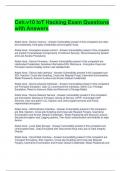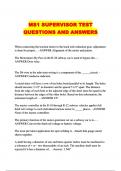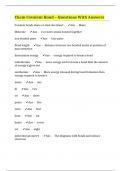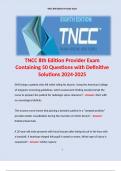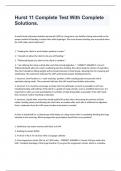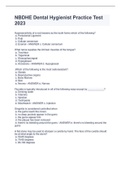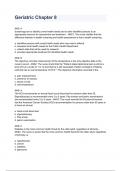Exam (elaborations)
Ceh.v10 IoT Hacking Exam Questions with Answers
- Course
- Institution
Ceh.v10 IoT Hacking Exam Questions with Answers Attack Area : Device memory - Answer-Vulnerability present it this competent are clear-text credentials, third-party credentials and encryption keys Attack Area : Ecosystem access control - Answer-Vulnerability present it this competent are Impl...
[Show more]
